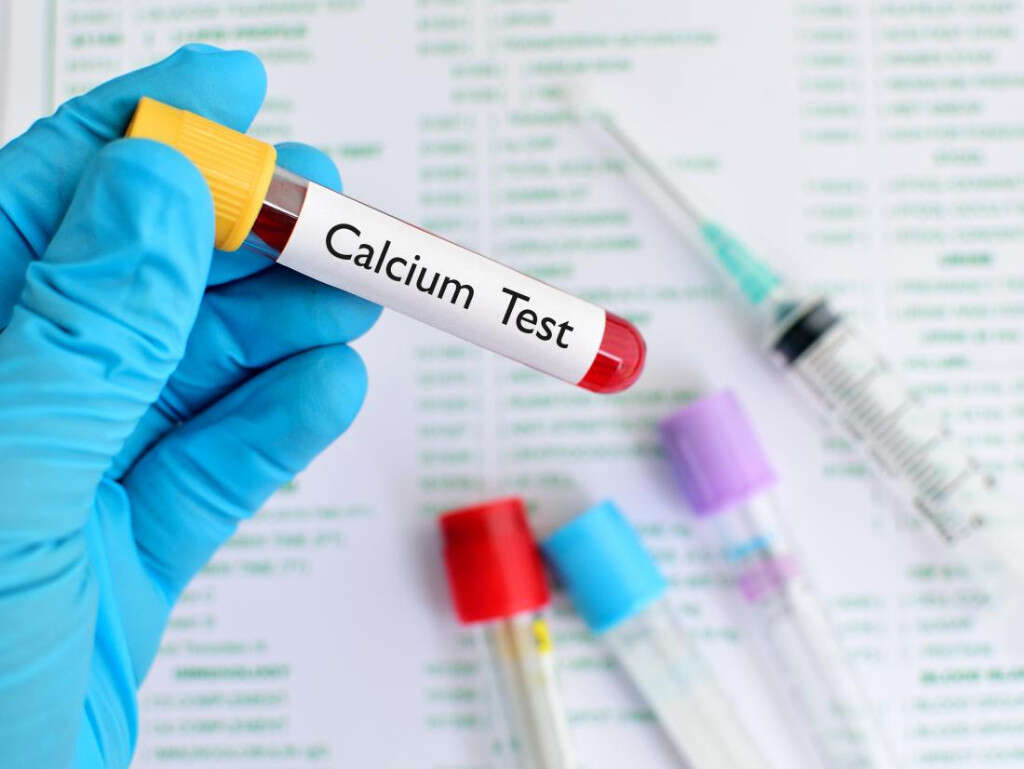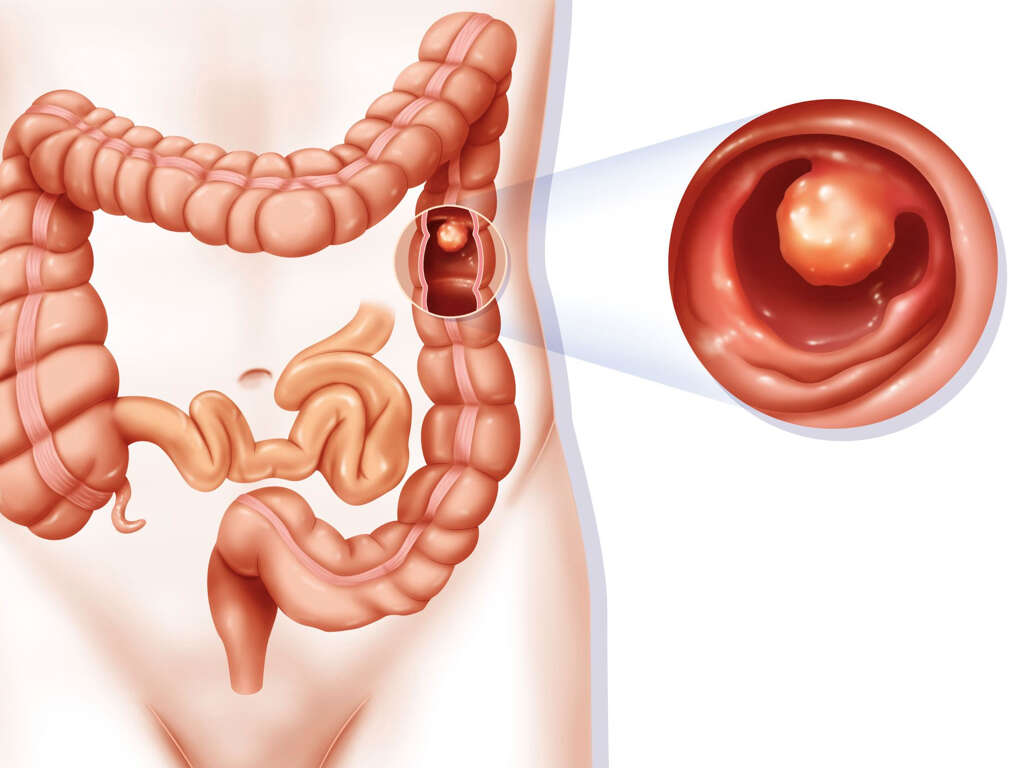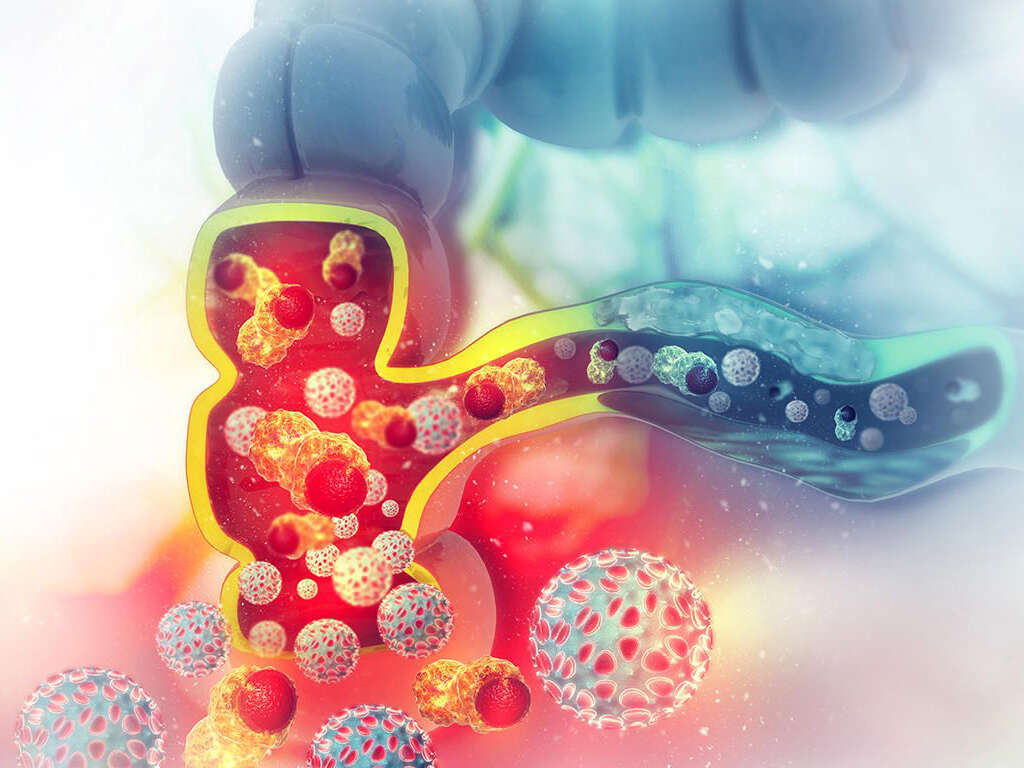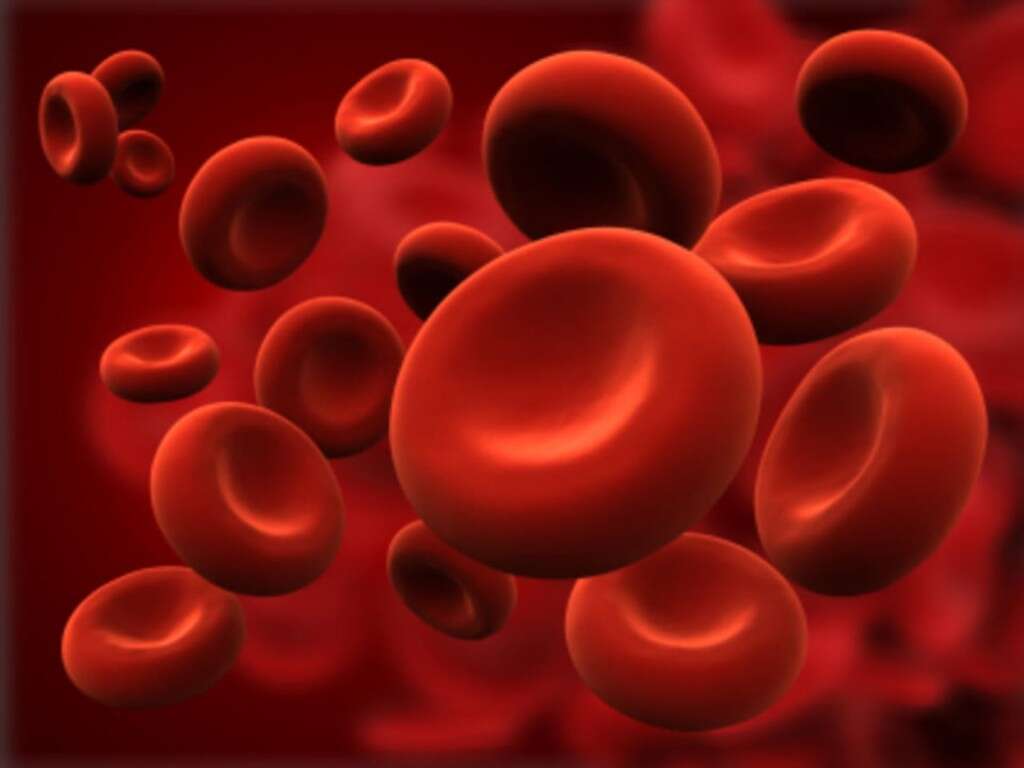10 Multiple Myeloma Symptoms
Multiple myeloma or plasma cell myeloma is a type of cancer of the blood that affects plasma cells. Plasma cells are a type of white blood cell that functions to produce antibodies. In initial stages of the condition, there are often no symptoms. The cause of multiple myeloma is still unknown. However, the risk factors include radiation, obesity, family history, and exposure to certain chemicals. Multiple myeloma occurs because the presence of abnormal plasma cells leads to the production of abnormal antibodies causing overly thick blood and kidney issues. The plasma cells can form a mass in the soft tissue or bone marrow known as plasmacytoma (singular) or multiple myeloma (plural). The diagnosis can be achieved using urine tests, blood tests, bone marrow biopsy, and medical imaging.
While multiple myeloma is treatable, it is incurable. The disease can be treated with chemotherapy, steroids, thalidomide, lenalidomide, bisphosphonates, stem cell transplant, and radiation therapy. In 2015, it has been estimated that multiple myeloma affected 488,000 individuals that resulted in 101,100 deaths globally. In the United States, it is estimated to affect 6.5 in every 100,000 individuals annually. The average age of onset is at 61 years old and it is seen mostly in men. With treatment, the five-year survival rate is estimated to be 49 percent.

Symptom #1: Bone Pain
Bone pain refers to pain originating from a bone due to various diseases or conditions that can greatly affect the quality of life for patients. Bone pain is a type of deep somatic pain that is often described as dull.
Causes of bone pain include extensive physical stress, hyperparathyroidism, renal failure, osteoporosis, celiac disease, Lyme disease, osteomyelitis, rheumatoid arthritis, gout, osteoarthritis, and cancer. Pain is felt in the bone as the periosteal layer of bone tissue is pain sensitive. Bone pain in cancer occurs due to destruction of bone tissue.

Symptom #2: Anemia
While anemia is not a symptom, it includes a myriad of symptoms such as pallor, tiredness, weakness, decreased ability to exercise, and breathlessness. It occurs when there is inadequate red blood cells or hemoglobin that function to carry oxygen. There are three mechanisms that lead to anemia: excessive loss of blood, increased breakdown of red blood cells, or decreased production of red blood cells.
Hence, causes of anemia would include conditions that result in the three mechanisms. Examples include gastrointestinal bleeding, trauma, iron deficiency, vitamin B12 deficiency, malaria, neoplasms of the bone marrow, and more.

Symptom #3: Fractures
A fracture is a partial or complete break in the continuity of a bone. Bone fractures may occur because of high impact or stress. However, it can also occur when there is minimal trauma injury when the bones are weakened by conditions such as osteogenesis imperfecta, osteopenia, osteoporosis, bone cancer, multiple myeloma and more.
Fractures in weakened bones are known as pathological fractures. Fractures result in pain, deformity, edema, bruising, muscle spasms, and more.

Symptom #4: Hypercalcemia
Hypercalcemia refers to the higher than normal levels of calcium in the blood. Symptoms of hypercalcemia include confusion, abdominal pain, depression, bone pain, kidney stones, weakness, and abnormal heart rhythm.
While most cases of hypercalcemia are due to cancer or hyperparathyroidism, other causes include tuberculosis, sarcoidosis, multiple endocrine neoplasia, Paget disease, familial hypocalciuric hypercalcemia, vitamin D toxicity, and many more. In multiple myeloma, the breakdown of bone results in the release of calcium into the blood. This causes hypercalcemia.

Symptom #5: Weakness
Weakness is a non-specific symptom that can be seen in various conditions. Divided into true and perceived weakness, true weakness occurs when there is a primary issue with the skeletal muscle as seen in muscular dystrophy, neuromuscular junction disorders, or inflammatory myopathy.
In perceived weakness, the affected individual feels as if more effort is required than normal to exert an amount of force. In multiple myeloma, anemia and hypercalcemia may contribute to weakness.

Symptom #6: Confusion
Confusion refers to a state where one is bewildered or unclear. It can be due to alcoholism, brain damage, brain tumor, fatigue, fever, heat stroke, hypoglycemia, anemia, concussion, kidney failure, and more.
Confusion refers to the inability to place oneself in the correct place, time, identity, and loss of orientation. There may be memory loss as well. In multiple myeloma, confusion may occur due to the anemia or hypercalcemia as symptoms of the disease.

Symptom #7: Fatigue
Fatigue is a gradual feeling of tiredness that can be alleviated by rest. It can be divided into physical and mental fatigue. Physical fatigue is the temporary inability of a muscle to maintain maximum physical performance while mental fatigue is the transient inability to achieve optimal cognitive performance.
Fatigue can also manifest as lethargy or somnolence. There are many causes of fatigue such as fever, dehydration, malnourishment, stress, overworking, inadequate sleep, and more.

Symptom #8: Headache
Headache occurs when there is pain in any region of the head or neck. It is a very common and non-specific symptom that can be seen in various conditions such as stress, dehydration, hunger, inadequate sleep, viral infections, and more. Different types of headaches are migraines, cluster headaches, and tension type headaches.
While it can be managed symptomatically with painkillers such as paracetamol (acetaminophen) or non-steroidal anti-inflammatory drugs (NSAIDs) like ibuprofen and naproxen sodium, frequent headaches can impact the quality of life as it affects employment and relationships. In multiple myeloma, headaches may be due to the hyperviscosity of blood.

Symptom #9: Visual Changes and Retinopathy
Retinopathy occurs when there is damage to the retina leading to visual impairment. It can refer to damage of the retina due to abnormal blood flow or retinal vascular disease. In multiple myeloma, the visual changes and retinopathy are usually the result of the hyperviscosity of the blood.
Other documented ophthalmic manifestations of multiple myeloma include diplopia. The ophthalmic issues in multiple myeloma are diverse and uncommon. It can appear in the initial or late stages of the disease.

Symptom #10: Radicular Pain and Other Neurological Symptoms
Radicular pain describes pain that radiates along the dermatome. One of the best examples of radicular pain is sciatica where the pain radiates along the nerve from the lower spine, gluteal muscles, back of thigh, calf, and foot due to cord compression.
The involvement of the spinal cord can also cause loss of bowel and bladder control. Other neurological symptoms include carpal tunnel syndrome and in advanced cases, paraplegia.












